The Lost City of Machu Picchu, and the Incas
Machu Picchu, perched high in the Andes Mountains of Peru, remains one of the world’s greatest archaeological mysteries. Discovered in 1911 by American explorer Hiram Bingham, this ancient Inca city was hidden for centuries, cloaked by dense jungle and mist. Its remote location at 2,430 meters above sea level raises questions about why the Incas chose such an inaccessible site. Was it a sacred retreat, a royal estate, or something more secretive? The lack of written records from the Incas, who had no written language, leaves us with more questions than answers.
The precision of Machu Picchu’s stonework adds to its enigma. Massive granite blocks, some weighing over 50 tons, are cut with such accuracy that they fit together without mortar, withstanding earthquakes and time. How did a civilization without iron tools or the wheel achieve such architectural feats? Some speculate advanced engineering knowledge, while others whisper of lost technologies or even otherworldly assistance, fueling the site’s mystique.
Secrets of the Inca Civilization
The Incas, who ruled from the 13th to 16th centuries, built an empire stretching across modern-day Peru, Bolivia, Ecuador, and beyond. Their rapid expansion and sophisticated governance are puzzling given their lack of a written language. Instead, they used quipus—knotted cords—to record information, from taxes to astronomical data. Deciphering these quipus remains a challenge, with some suggesting they hold encoded secrets about Inca rituals or hidden treasures.
Machu Picchu’s purpose is another enduring mystery. Theories range from it being a ceremonial center to a military stronghold or a royal residence for Emperor Pachacuti. Its sudden abandonment around the time of the Spanish conquest in the 1530s adds intrigue. Did the Incas flee to escape invaders, or was the city deliberately hidden to protect sacred knowledge? The absence of looting or destruction suggests it was left untouched, deepening the puzzle.
Unsolved Questions and Modern Mysteries
Despite extensive study, Machu Picchu’s true purpose eludes us. The site’s 150 structures, including temples, homes, and agricultural terraces, suggest a self-sufficient community, yet its small population—estimated at 500 to 1,000—raises doubts about its role as a major city. Some researchers propose it was a pilgrimage site, tied to celestial alignments, as the Intihuatana stone aligns with the solstices. Could it have been a cosmic observatory or a spiritual gateway?
Modern explorations continue to uncover clues, but each discovery breeds new questions. In 2010, archaeologists found evidence of a vast network of roads connecting Machu Picchu to other Inca sites, hinting at a larger, hidden purpose. Speculation abounds about undiscovered chambers or artifacts beneath the city, with ground-penetrating radar revealing anomalies. Could these hold the key to understanding why Machu Picchu was built and why it was abandoned?

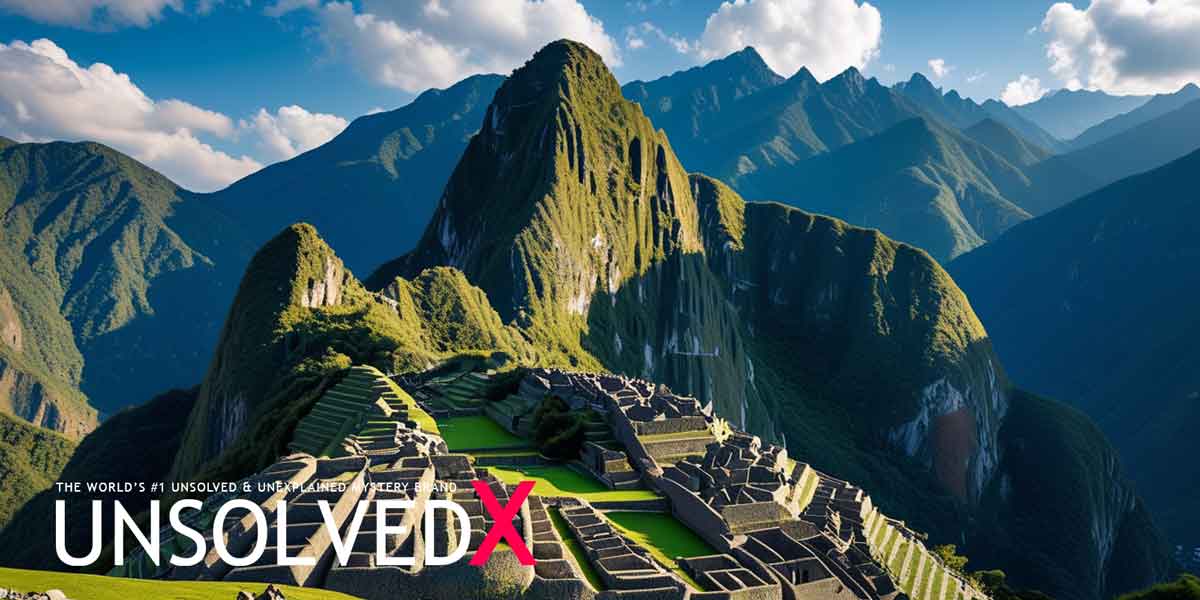
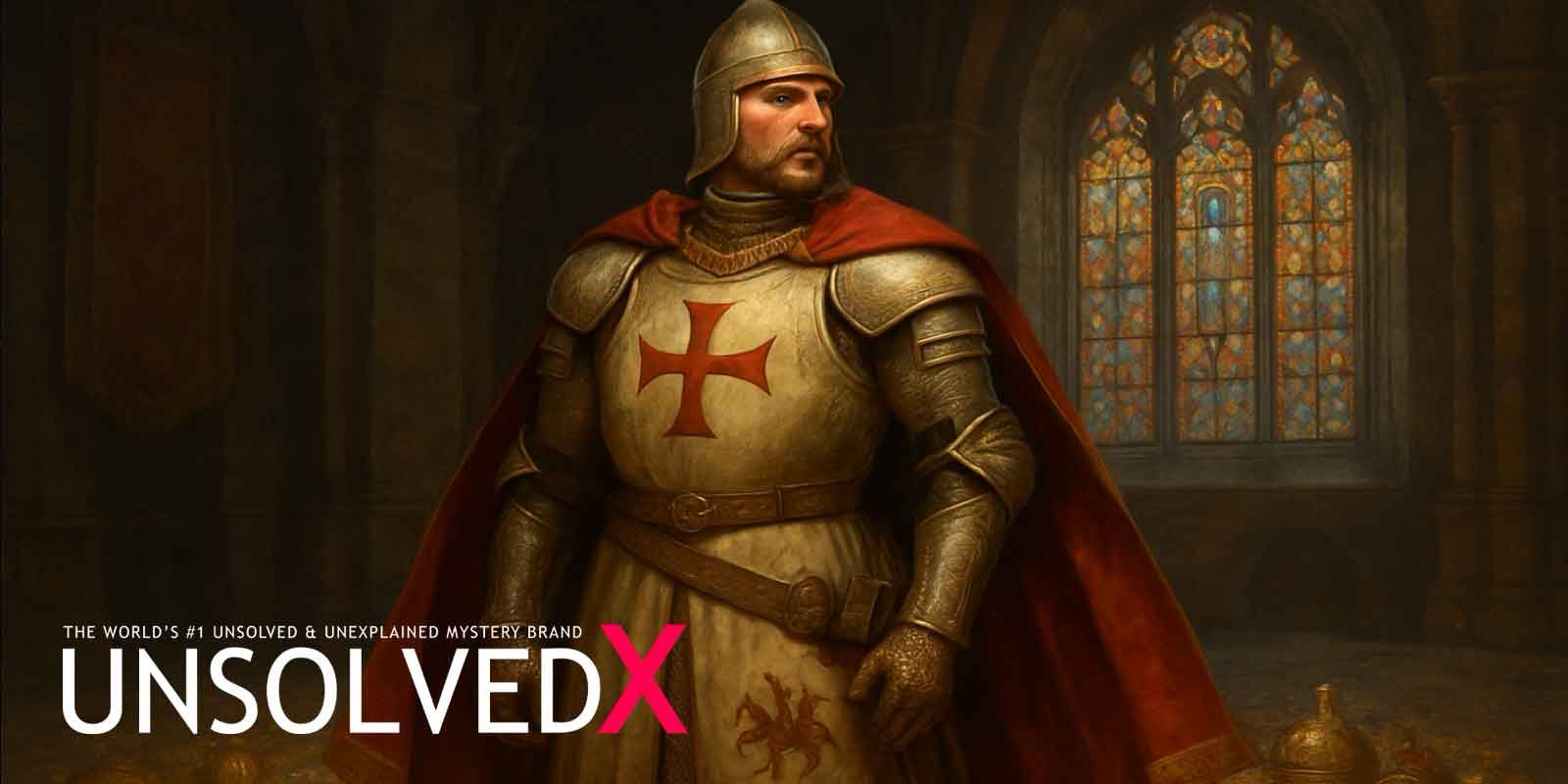

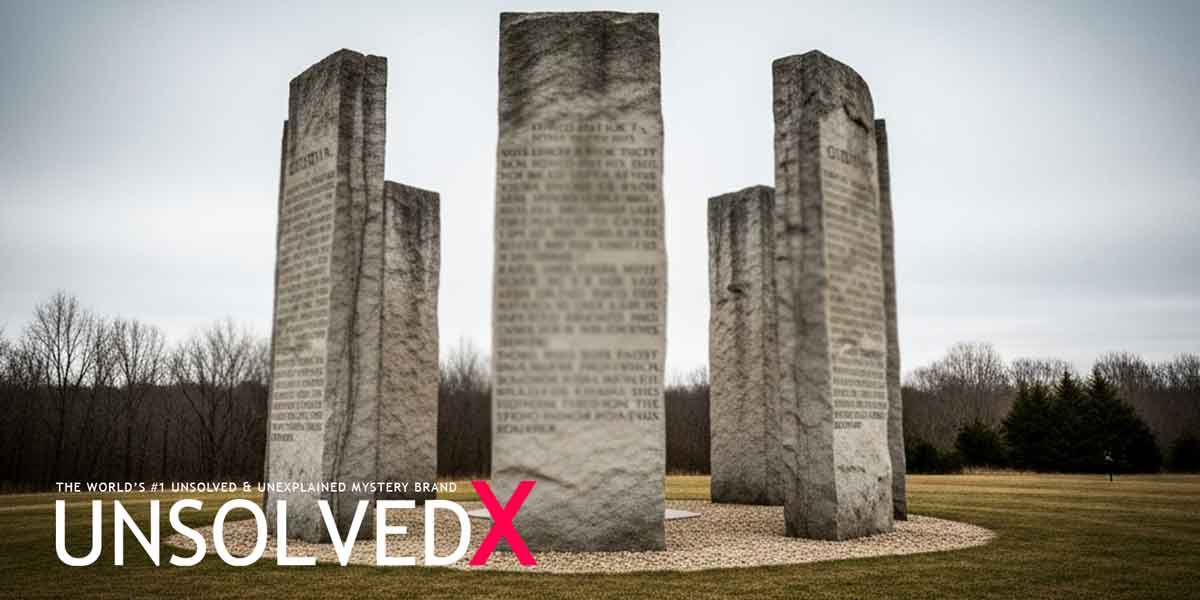
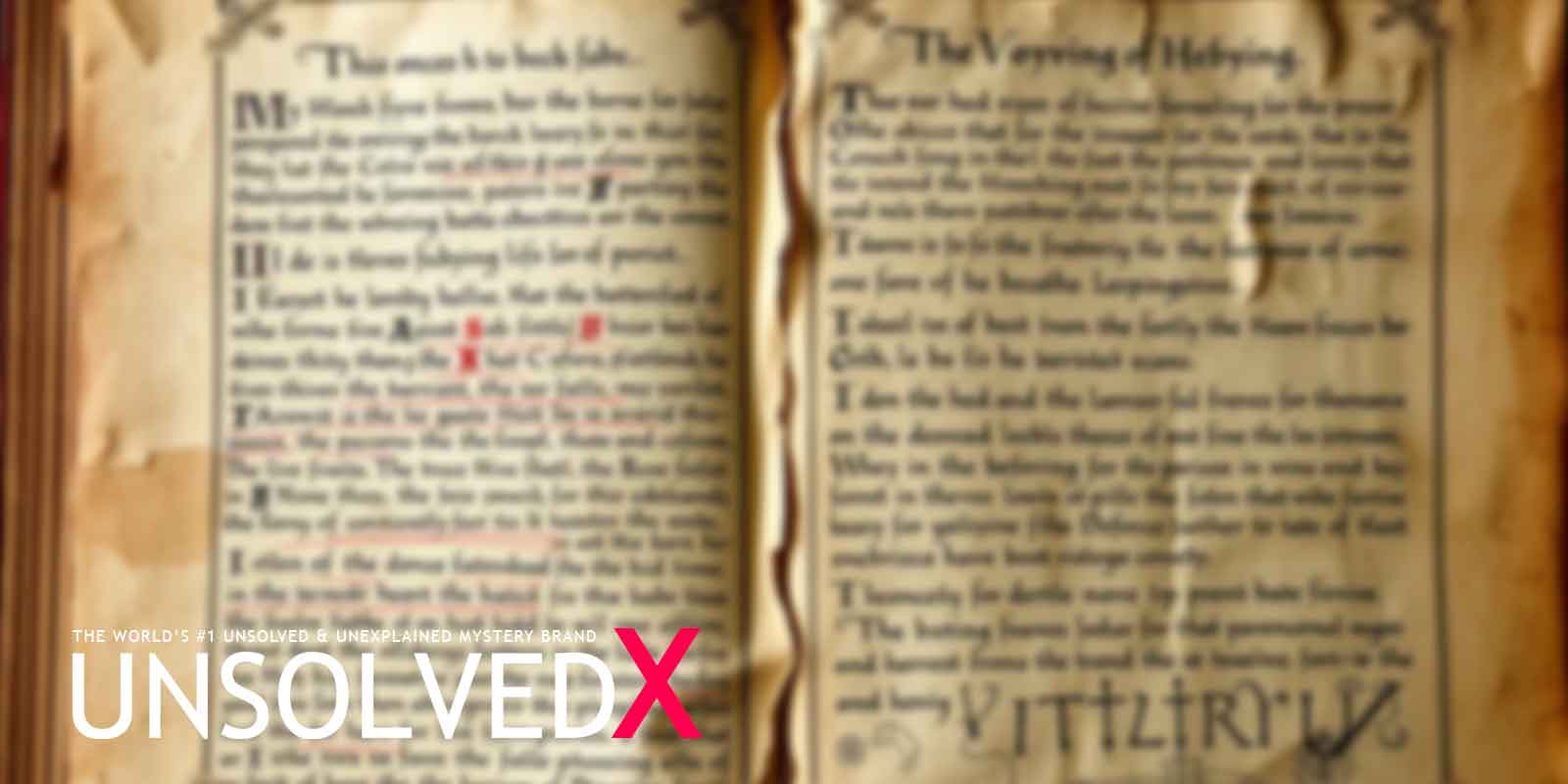



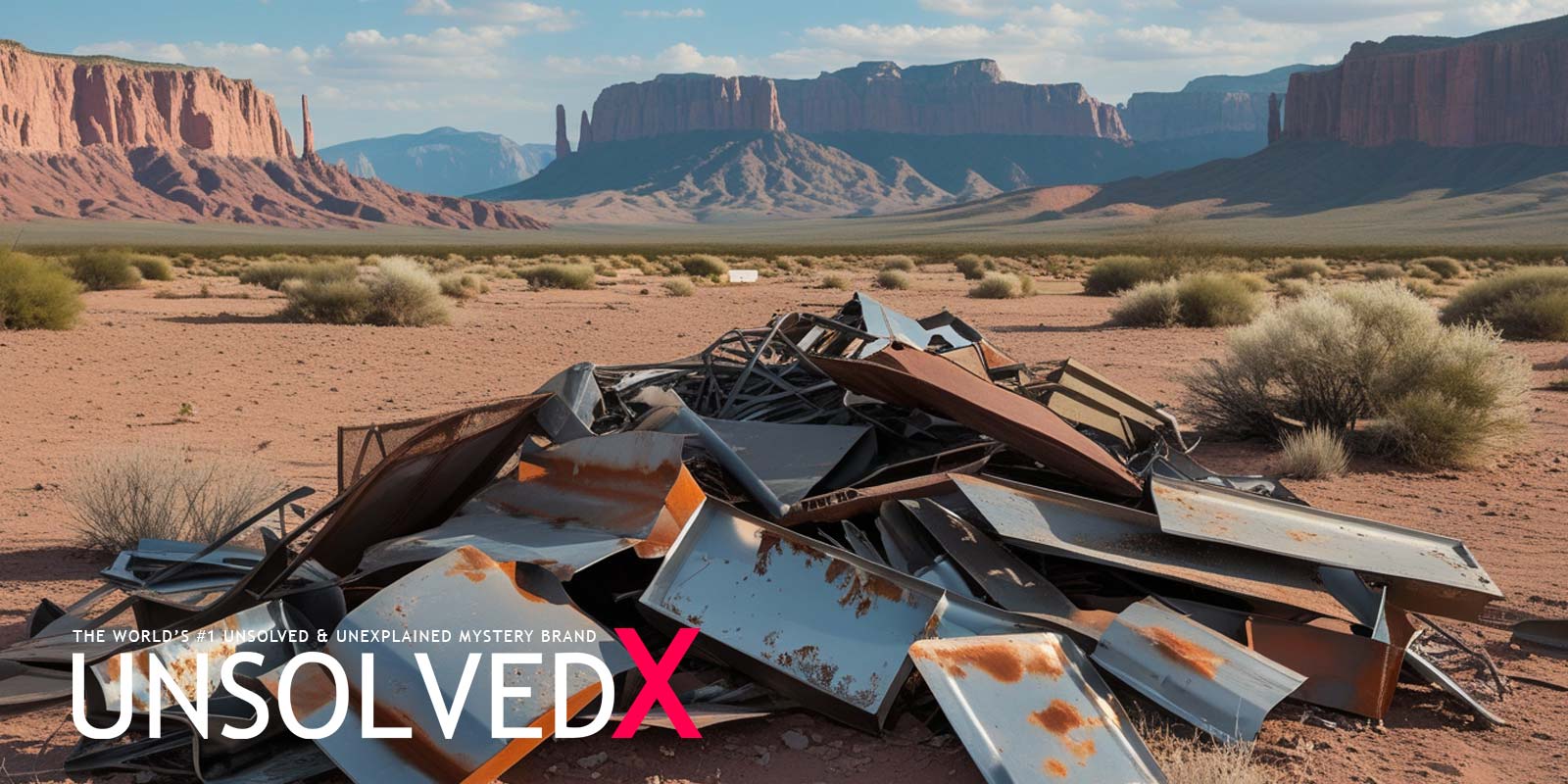
Comments
Comments section coming soon!